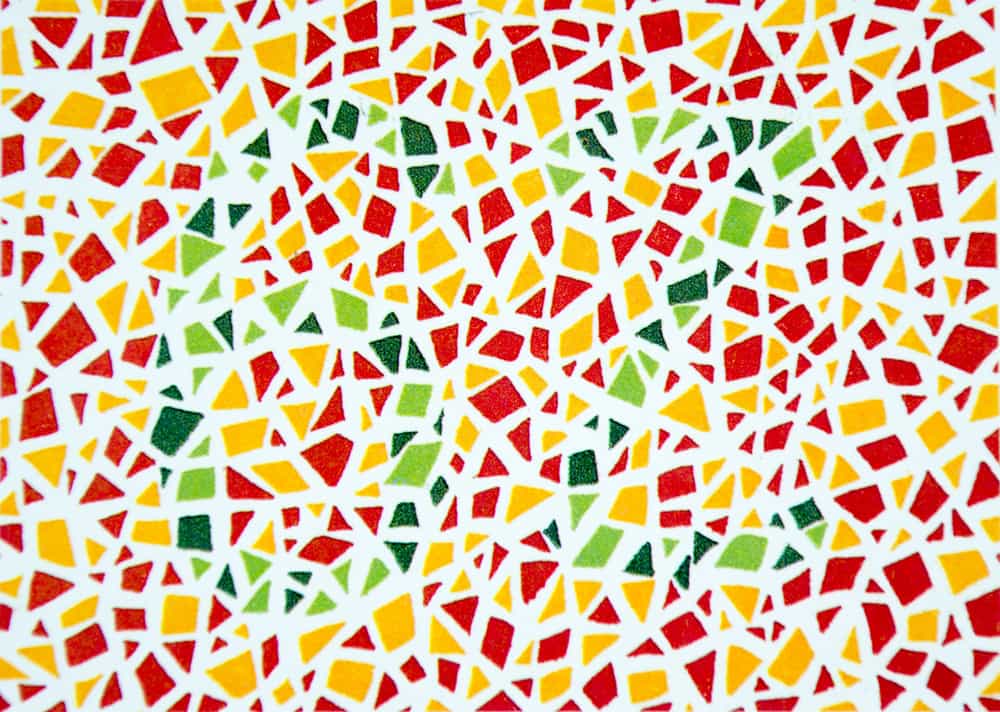Contents:
- Medical Video: Taking A Colour Blind Test With Colour Blind Glasses
- Is that color blind?
- What is color blindness like?
Medical Video: Taking A Colour Blind Test With Colour Blind Glasses
Surely you have taken a color blind test, whether it's just a game or a test directly at the doctor. Usually, color blindness tests are carried out as a condition for entering college or work. Some fields of work do require you not to be color blind. However, do you know how actually color blindness works?
Is that color blind?
People with color blindness see different colors with normal people. If a normal person sees a red object, people with color blindness will see the object with another color, maybe green, blue, yellow, or other colors.
Color blindness occurs because there is an error in the retina. The retina of the eye is responsible for conveying light information obtained by the eye to the brain, so you can see the color. However, in color blind people there is a component of cone cells (cells in the retina in charge of detecting color) that are missing or not functioning.
You need to know, cone cells are concentrated near the center of vision. These cone cells are in three types, namely cells to see red, green, and blue. If one component is 'disabled', then one will find it difficult to distinguish colors. Usually people with color blindness cannot distinguish certain colors, for example between green and red. Color blindness can occur at a mild to severe level, depending on the problem that occurs in cone cells in the retina.
What is color blindness like?
To find out if you are color blind or not, you are usually faced with a color image that forms a pattern (like the picture above). This test is called the Ishihara color vision test. This test you will often meet. As the name implies, the inventor of this test was Shinobu Ishihara, a Japanese ophthalmologist, in 1917.
The Ishihara test is a screening test to detect whether someone has a problem with color blindness or not. When running this test, you are usually faced with a book that contains a circle pattern (disk) with many points of various colors and sizes in it. In one Ishihara book there are usually 14, 24, or 38 images of circles or colored discs. This colored disc is usually called pseudoisochromatic. The meaning of the term is colored dots in the pattern that first look the same (iso) in color (chromatic), but the similarity is false (pseudo).
The colored dots in a circle are arranged so that numbers are formed inside. The color of the small dots in the circle is almost similar, so people with color blindness will guess the hidden number pattern wrong because it is difficult to distinguish the colors in the image. People with normal vision may easily find numbers hidden in a circle. However, people with color blindness will see different numbers with people with normal vision.












